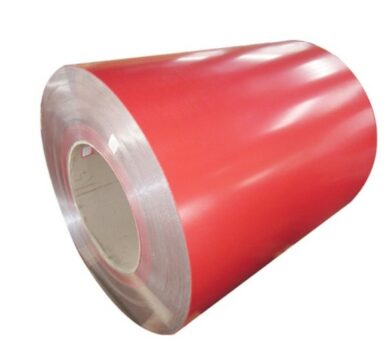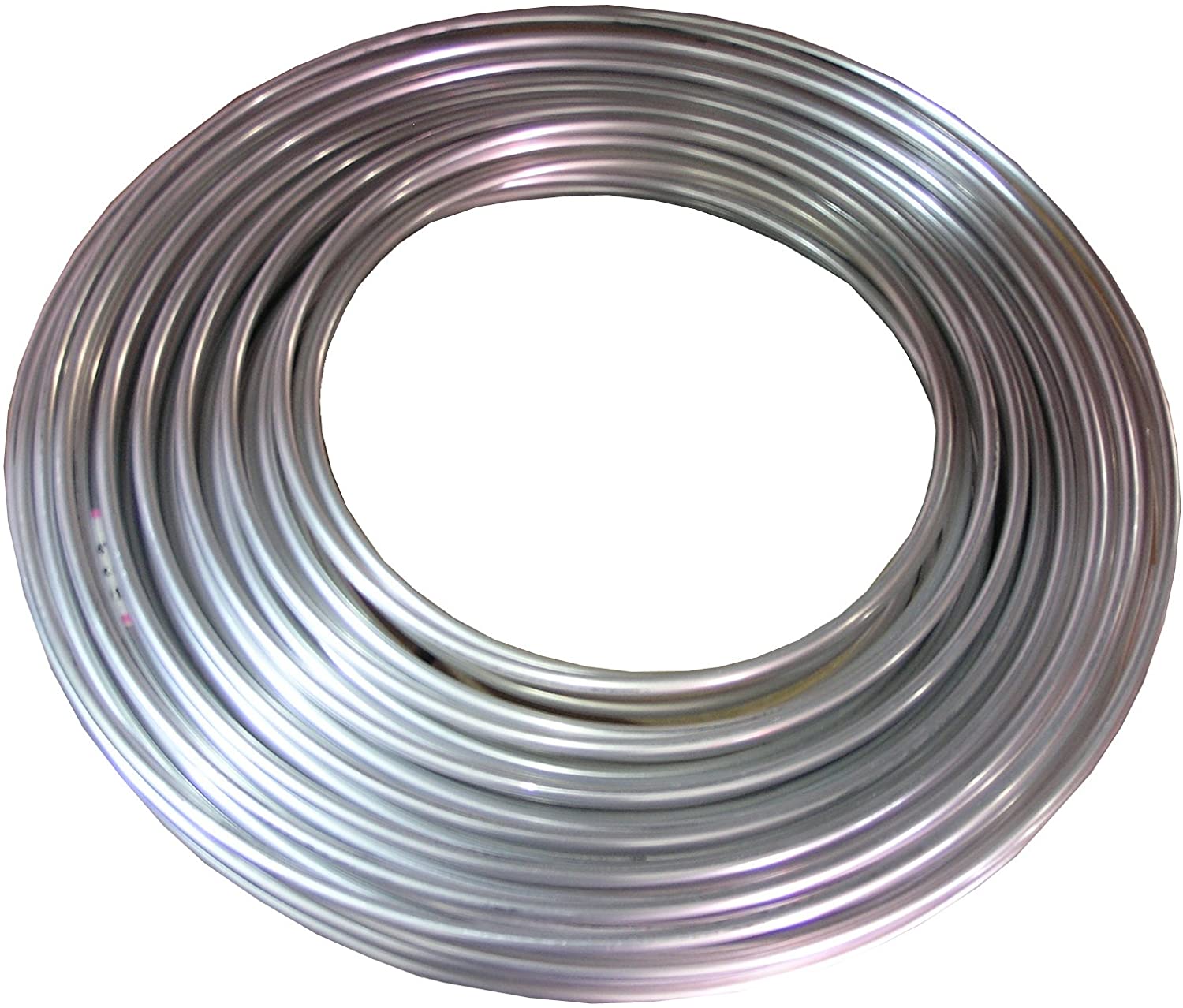China’s aluminium exports have surged to their highest level in more than three years as us sanctions on rusal disrupted the supply rhythm of the global aluminium market.
China’s exports of aluminium to global markets surged in August.
China’s exports of unwrought aluminum and related products rose to 517,000 tons in August, close to 520,000 tons in July and the highest level for zui in more than three years, according to customs data released by China on Saturday.
From June to August this year, China exported more than 1.5 million tons of aluminum, the highest volume in three consecutive months.
Meanwhile, exports jumped 15% in the first eight months of this year compared with the same period last year.
China is continuing to increase exports of alumina, a raw material for aluminum products, and shipments are likely to continue to expand as a result of supply disruptions at Alcoa Corp. ‘s (Alcoa) plants in Australia, bloomberg reported this month, citing aluminum Corp.
Between may and July, chinalco exported more than 300, 000 tonnes, compared with about 11, 000 tonnes in the same period last year.
In march, the United States imposed a 10 percent tariff on aluminum imports, driving up costs for American aluminum producers and downstream industries.
Across China in recent months, however, aluminium export performance, as the Wall Street see members exclusive articles “to play with it going for the export of Chinese aluminum company argue that, in the United States adopted the steel aluminum policy in March, completely can’t see it have any influence on domestic aluminum enterprises, instead, opened the domestic exports of aluminium window.
This is largely due to the fragmentation of the global aluminium market.
After the aluminum tariffs and sanctions against rusal, the global aluminum supply market was split into four markets: China, Russia, the United States and overseas.
In April, the us announced sanctions against rusal, which led to a surge in aluminium prices and the disruption of production at the Alunorte plant in Brazil, exacerbating global alumina shortages.
However, rusal’s sanctions were extended to October 23, leaving the market with a chance to catch its breath.
Rusal President Oleg Deripaska continues to negotiate with U.S. authorities to lift the sanctions ahead of the October deadline.
At the same time, aluminum buyers are continuing to snap up aluminum products to prevent any fallout from the negotiations.
Alcoa is the largest primary aluminum producer at zui, but high electricity costs and aging equipment mean it produces only 14 percent of its aluminum in the United States.
There is plenty of spare capacity in America, but it will take a lot of money and high Labour costs to bring it back into production.
In fact, Alcoa’s three smelters in Canada are the main source of supply for the U.S. “even if all of the reduced capacity in the U.S. comes back online, the U.S. will still need to import a lot of aluminum,” said Tim Reyes, Alcoa’s head of operations.
Meanwhile, Alcoa’s alumina plant in Australia has gone on strike over labor agreements.
In the future, the market for Alcoa supply expectations have been lowered.
Therefore, the original supply of the aluminum market has been completely damaged by the mistake of the U.S. government, coupled with the strike in Australia, the supply of overseas aluminum market has been severely compressed in the future.







